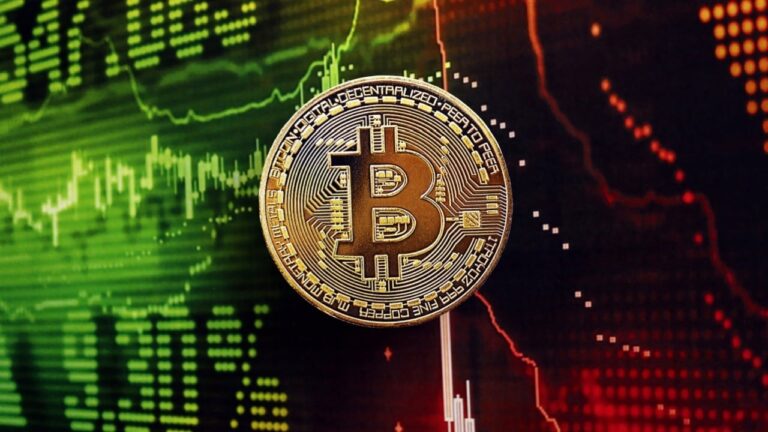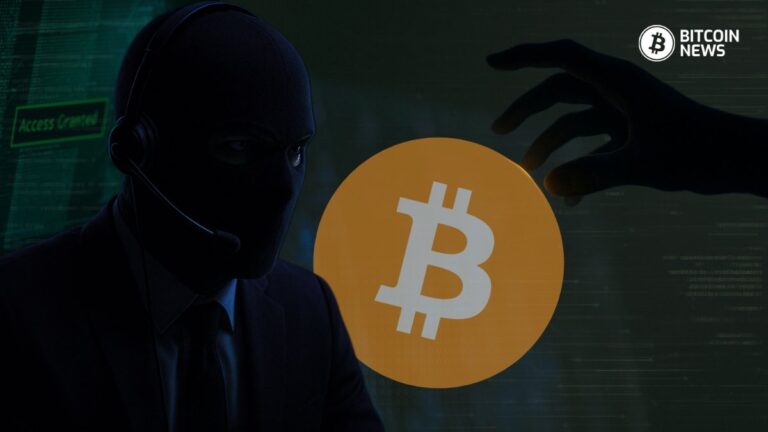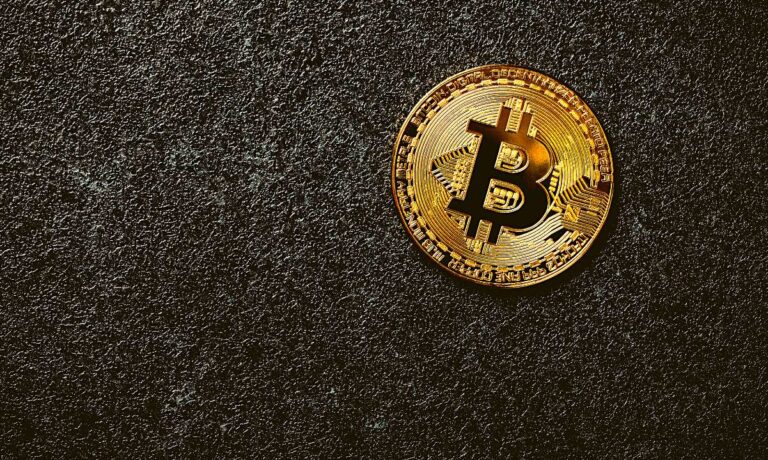Understanding Global Tensions and Their Types
Global tensions manifest in various forms, including geopolitical conflicts, economic sanctions, and social unrest. Each type significantly contributes to market uncertainty, which encourages investors to explore alternative assets, such as cryptocurrencies like bitcoin. Geopolitical conflicts, often driven by territorial disputes, political disagreements, or military aggressions, create instability in the affected regions and have a wider economic impact. For instance, when tensions arise between nations, it often leads to fluctuations in national currencies and commodity prices, triggering investors to seek refuge in the decentralized and relatively stable realm of crypto. Bitcoin, being the most recognized cryptocurrency, often receives heightened interest during these tumultuous periods.
Another factor in global tensions is economic sanctions, which are employed by governments to restrict trade with specific countries. Such sanctions can have profound impacts on a nation’s economy, leading to reduced revenue, inflation, and decreased access to international markets. The resulting economic isolation can drive local investors to seek assets that are less tethered to traditional financial systems. As a result, cryptocurrencies can emerge as viable alternatives, particularly for those looking to protect their wealth against the repercussions of stringent economic policies.
Social unrest is another significant aspect of global tensions. Strikes, protests, and civil movements often arise from widespread dissatisfaction related to political or economic conditions. These events can destabilize entire regions, unsettling investors who may fear economic collapse. In such scenarios, the appeal of bitcoin grows, due to its decentralized nature and its ability to operate independently of conventional banking systems. Recent instances of social unrest in various parts of the world have underscored the relationship between societal instability and a surge in cryptocurrency trading.
Understanding the landscape of global tensions is crucial for grasping their subsequent effects on cryptocurrency markets. By monitoring these indicators, investors are better equipped to navigate the complexities of both traditional and digital asset markets, particularly in times of crisis.
The Interplay Between Traditional Markets and Cryptocurrencies
The relationship between traditional financial markets and cryptocurrencies has become increasingly intricate, especially in times of global tension. Historically, stock market declines have often signaled a shift in investor sentiment, prompting individuals to reconsider their asset allocation. As the volatility in traditional markets escalates, many investors turn their attention to cryptocurrencies, particularly Bitcoin, which is seen as a hedge against traditional asset fluctuations. This transition is influenced by the perception of Bitcoin as a decentralized digital currency that operates independently of government interventions and monetary policies.
In a crisis, fiat currencies frequently experience instability, leading investors to seek safe havens for their wealth. As geopolitical uncertainties mount, fluctuations in currency values can push investors toward crypto markets. For example, during significant global events—such as political unrest or economic crises—Bitcoin often exhibits resilience, as it presents a potential store of value. The decentralized nature of cryptocurrencies appeals to those who feel vulnerable under traditional financial systems, particularly when fiat banks may require bailouts or governmental actions that could devalue local currencies.
Moreover, the unique value proposition of cryptocurrencies during contentious times cannot be overstated. As traditional markets face downward pressure, crypto assets generally experience increased interest and, in many cases, a surge in prices. This phenomenon underscores the challenge of correlation between traditional and digital assets. Where traditional investments may falter, cryptocurrencies like Bitcoin draw in buyers looking for alternatives, thus creating a dynamic interplay between the two markets. This interaction not only reflects shifts in investor behavior but illustrates how crises can inadvertently enhance the appeal of digital currencies as a viable investment strategy.
Bitcoin as a Safe Haven Asset in Times of Uncertainty
In recent years, Bitcoin has garnered attention as a potential safe haven asset akin to traditional assets like gold. This perception emerges significantly during periods of global uncertainty, such as geopolitical conflicts and financial crises, prompting investors to seek refuge from volatility in more stable investments. Bitcoin, often dubbed ‘digital gold’, is viewed by many as a viable alternative due to its decentralized nature, limited supply, and increasing acceptance across various industries.
Notable events have demonstrated this shift in investor behavior. For instance, during the COVID-19 pandemic, as traditional markets faced abrupt declines and economic forecasts turned grim, Bitcoin’s price saw notable surges. This period marked one of the most significant spikes in Bitcoin’s history, prompting analysts to deem it a hedge against inflation and economic downturn. Similarly, the ongoing tensions in Eastern Europe have also resulted in an influx of capital into Bitcoin as investors are keen to safeguard their wealth amidst potential threats to economic stability.
Statistical analyses reveal contrasting behaviors between Bitcoin and traditional safe-haven assets. While gold tends to maintain its value or appreciate during crises, Bitcoin exhibits a more volatile yet upward trajectory during similar periods. Research has indicated that Bitcoin’s price often reacts more acutely to major global events compared to traditional equity markets, showcasing its unique response dynamics. For instance, historical data highlights that significant geopolitical events, such as the U.S.-China trade tensions or the recent Russian-Ukrainian conflict, have correlated with notable increases in Bitcoin’s price, underscoring its growing role as a refuge for investors seeking resilience in uncertain times.
As such, the narrative surrounding Bitcoin as a safe haven is strengthened by these historical precedents. Its volatility, while a double-edged sword, also contributes to its allure as an asset capable of providing protection and potential growth even amid tumultuous global conditions.
Future Outlook: Navigating the Crypto Market Amid Ongoing Global Tensions
The cryptocurrency market, particularly Bitcoin, has experienced significant volatility influenced by global tensions, which raises pertinent questions about its future trajectory. Experts suggest that ongoing geopolitical conflicts and economic uncertainties may continue to create both challenges and opportunities for investors venturing into the crypto landscape. Some analysts believe that Bitcoin could serve as a digital safe haven, much like gold, in times of heightened uncertainty. As traditional financial markets react to global events, the demand for decentralized currencies may increase among investors seeking to preserve value.
Market trends indicate that cryptocurrencies could become more intertwined with political and economic developments around the world. For instance, changes in regulatory environments, such as advancements in digital currency legislation, may significantly affect crypto prices. Investors should be attentive to these shifts, as they not only impact Bitcoin but can also ripple through the entire cryptocurrency ecosystem. In addition, socio-political unrest in various regions could lead to a greater adoption of crypto as a means of economic empowerment, particularly in areas facing hyperinflation or currency devaluation.
To navigate the complexities of investing in Bitcoin and other crypto assets during these tumultuous times, investors are encouraged to adopt robust risk management strategies. This includes diversifying their portfolios to mitigate risks and remaining informed about market indicators that reflect broader global trends. Furthermore, establishing clear investment goals and understanding the inherent volatility associated with cryptocurrencies can aid in making sound decisions. Staying updated on news related to global tensions will empower investors to react appropriately to market changes, ensuring that they are well-positioned to take advantage of potential opportunities while managing risks effectively.






